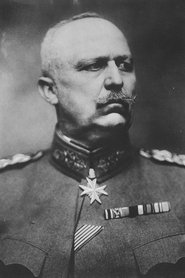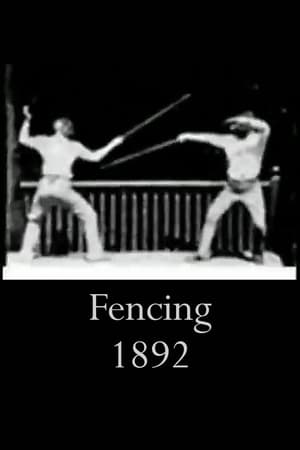

Unser Hindenburg(1917)
Short about Field Marshal Paul v. Hindenburg on the occasion of his 70th birthday on 02.10.1917.
Movie: Unser Hindenburg

Unser Hindenburg
HomePage
Overview
Short about Field Marshal Paul v. Hindenburg on the occasion of his 70th birthday on 02.10.1917.
Release Date
1917-10-10
Average
0
Rating:
0.0 startsTagline
Genres
Languages:
No LanguageKeywords
Similar Movies
 6.4
6.4Passage of Venus(fr)
Photo sequence of the rare transit of Venus over the face of the Sun, one of the first chronophotographic sequences. In 1873, P.J.C. Janssen, or Pierre Jules César Janssen, invented the Photographic Revolver, which captured a series of images in a row. The device, automatic, produced images in a row without human intervention, being used to serve as photographic evidence of the passage of Venus before the Sun, in 1874.
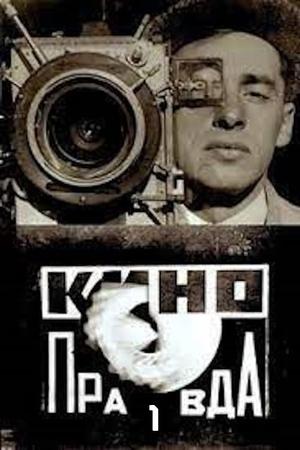 5.5
5.5Kino-Pravda No. 1(ru)
Dziga Vertov-directed Soviet newsreel covering: Starving children / Requisitioning of valuables possessed by the Russian Orthodox Church / Fundraising flights in support of the hungry / Trial of the Socialist Revolutionaries.
Murnau, Borzage and Fox(en)
Documentary focusing on the film careers F.W. Murnau, Frank Borzage and William Fox and their impact on the history of cinema.
The History of a Butterfly: A Romance of Insect Life(en)
Directed by one of the pioneers of the cinematic industry, James Williamson, The History of a Butterfly - A Romance of Insect Life is an intriguing look at the life cycles of butterflies and moths. Caterpillars are seen hatching, feeding and ready for pupation and with three caterpillars changing into chrysalis and the birth of a peacock butterfly, this black and white silent film is an early example of British natural history filmmaking.
Fire Drill(fr)
The film had a skirmish to Firefighters from Havana pulling guard barracks pump, reel and carriage for help, two staircases and fire rising up to the roof, carrying hoses.
 4.7
4.7Belfast, exercices de sauvetage(fr)
Belfast firefighters demonstrate a ladder.
 4.5
4.5Window(en)
The moving camera shapes the screen image with great purposefulness, using the frame of a window as fulcrum upon which to wheel about the exterior scene. The zoom lens rips, pulling depth planes apart and slapping them together, contracting and expanding in concurrence with camera movements to impart a terrific apparent-motion to the complex of the object-forms pictured on the horizontal-vertical screen, its axis steadied by the audience's sense of gravity. The camera's movements in being transferred to objects tend also to be greatly magnified (instead of the camera the adjacent building turns). About four years of studying the window-complex preceded the afternoon of actual shooting (a true instance of cinematic action-painting). The film exists as it came out of the camera barring one mechanically necessary mid-reel splice
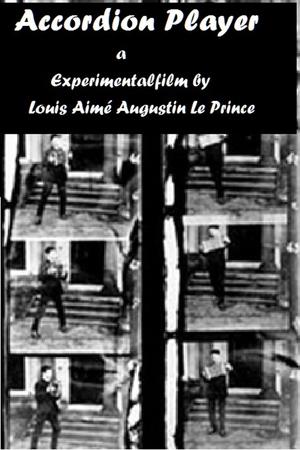 4.9
4.9Accordion Player(xx)
The last remaining film of Le Prince's LPCCP Type-1 MkII single-lens camera is a sequence of frames of his son, Adolphe Le Prince, playing a diatonic button accordion. It was recorded on the steps of the house of Joseph Whitley, Adolphe's grandfather.
Wie ein Ziegelstein entsteht(de)
Short film about the manufacture of bricks.
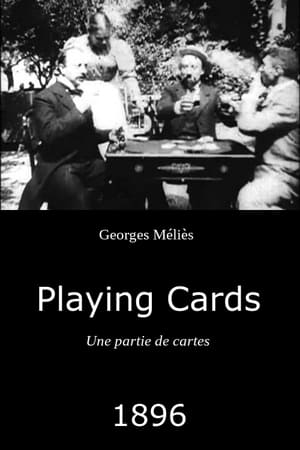 4.9
4.9Playing Cards(fr)
Three friends are playing cards in a beer garden. One of them orders drinks. The waitress comes back with a bottle of wine and three glasses on a tray. The man serves his friends. They clink glasses and drink. Then the man asks for a newspaper. He reads a funny story in it and the three friends burst out laughing while the waitress merely smiles.
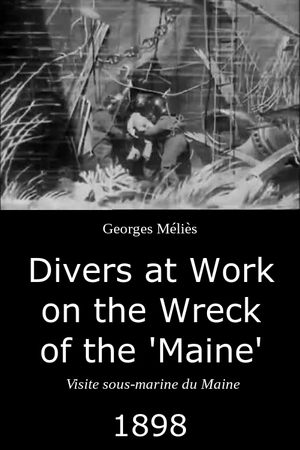 5.7
5.7Divers at Work on the Wreck of the "Maine"(fr)
Divers go to work on a wrecked ship (the battleship Maine that was blown up in Havana harbour during the Spanish-American War), surrounded by curiously disproportionate fish.
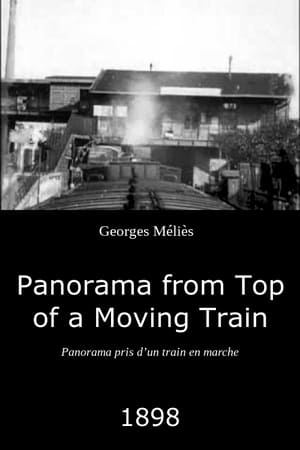 5.3
5.3Panorama from Top of a Moving Train(fr)
With the cameraman atop a moving train car the viewer is given a one minute glimpse of a French urban area.
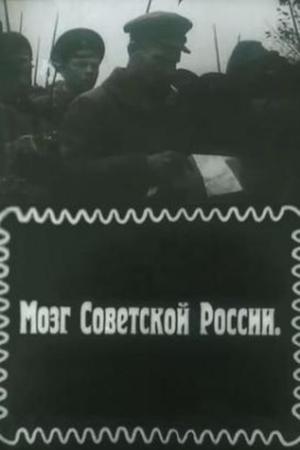 6.1
6.1The Brain of Soviet Russia(ru)
This film shows the leaders of organizations that emerged after the Russian Revolution. It is the fragment of ‘Anniversary of the Revolution’ made by Vertov in 1918.
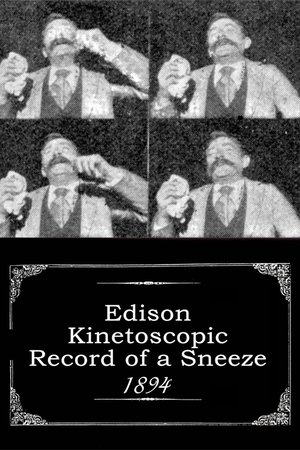 4.8
4.8Edison Kinetoscopic Record of a Sneeze(xx)
A man (Thomas Edison's assistant) takes a pinch of snuff and sneezes. This is one of the earliest Thomas Edison films and was the second motion picture to be copyrighted in the United States.
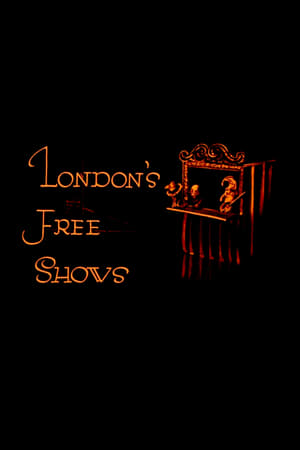 5.0
5.0London's Free Shows(en)
A round-up of free events in London, including street entertainers, a puppet show, pavement artists, road menders, a daring demonstration by the fire brigade, an abduction staged by a film company and a military parade.
Whale Fishing(en)
A whale is hunted in the southern hemisphere by the crew of a sailing ship: it is harpooned twice, using a cannon, and taken back to the shore. In the second part, the whale is butchered at a whaling station. A lady with a parasol looks on, while in the background are the sailing ships used to hunt whales. These are excerpts from a 1909 film called "La Pêche à Baleine dans les mers du Sud" made by Jean Nédelec and cut down in the 1920's for the Pathé Baby home movie projector.
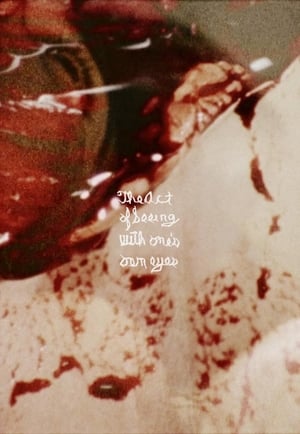 6.3
6.3The Act of Seeing with One's Own Eyes(en)
At a morgue, forensic pathologists conduct autopsies of the corpses assigned. "S. Brakhage, entering, WITH HIS CAMERA, one of the forbidden, terrific locations of our culture, the autopsy room. It is a place wherein, inversely, life is cherished, for it exists to affirm that no one of us may die without our knowing exactly why. All of us, in the person of the coroner, must see that, for ourselves, with our own eyes. It is a room full of appalling particular intimacies, the last ditch of individuation. Here our vague nightmare of mortality acquires the names and faces of OTHERS. This last is a process that requires a WITNESS; and what 'idea' may finally have inserted itself into the sensible world we can still scarcely guess, for the CAMERA would seem the perfect Eidetic Witness, staring with perfect compassion where we can scarcely bear to glance." – Hollis Frampton
Censored!(en)
A documentary about the cultural effect of film censorship, focusing on the tumultuous times of the teens and early 1920s in America.

